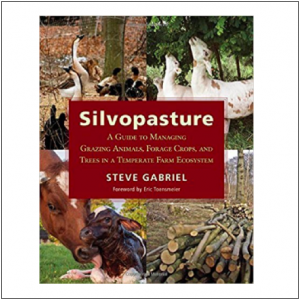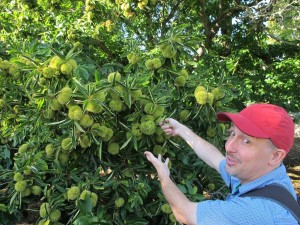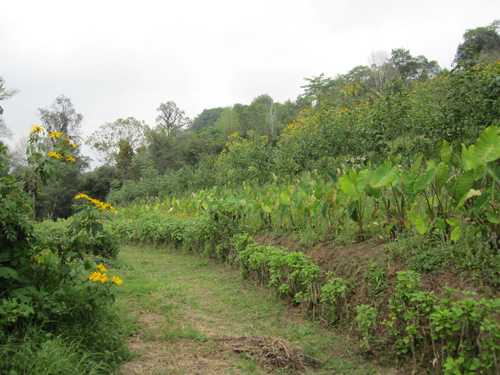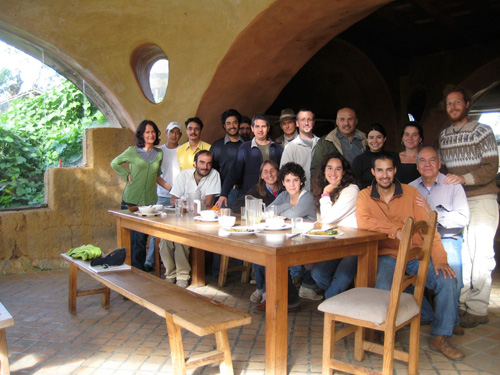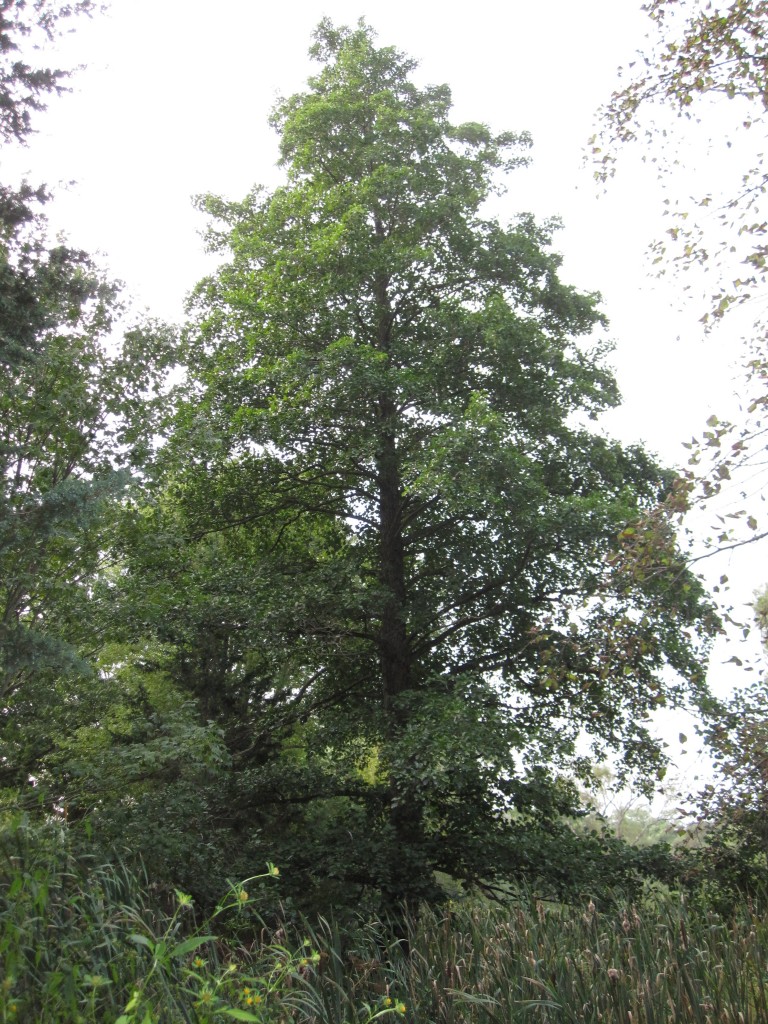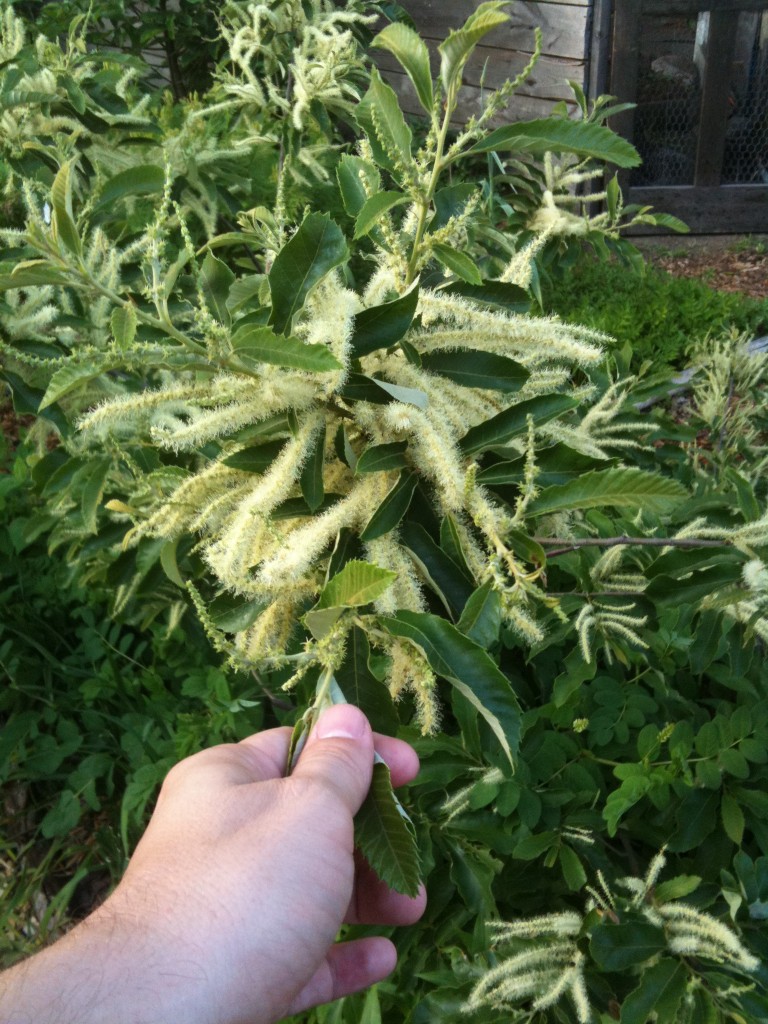When I started to learn about useful plants and their scientific (Latin) names, I quickly came to realize that there were many more than I could easily keep track of. Fortunately botany comes with a pre-made filing system to organize every species. Use of this system has made it easy for me to keep track of the 10,000 or so species that are important to me and add new ones as they come into my life. It’s not hard to use once you get the hang of it, and it can teach you a lot about the relationships between plants including fascinating insights that you would not otherwise come upon.
First a little basic botany: when you learn a Latin name it’s more than just the word for a plant in an obscure language. Scientific names are the accepted and official international classification system for plants. In my library I have plant books in many languages, but they all feature Latin names. More importantly for our purposes here, Latin names are the entry point to understanding the evolutionary relationships between plants.
Nuts of beaked hazel (Corylus cornuta).
At the most basic level, the scientific name includes the genus and species. For example, all hazelnuts are in the genus Corylus. Within Corylus we have different species of hazel, like the American hazel Corylus americana, and the Turkish tree hazel Corylus colurna. When writing a list of Latin names, if you have already mentioned the genus you can abbreviate it after. For example, species of Corylus include C. cornuta, C. avellana, and others. All members of the hazel genus have things in common, like similar leaves, or flowers, and nuts (though not all genera are this easy to recognize). These hazels are distinct enough to be considered different species based on region of origin, morphology, and other characteristics. Typically species are considered unable to cross with each other, perhaps due to different flowering times, geographical barriers, or other reasons (though in fact they often can, hazels being a good example of this). Nonetheless, the American and beaked hazel have had overlapping ranges for millennia and yet remain largely distinct from each other.
Black alder (Alnus glutinosa), a member of the same Betulaceae family as hazels.
Genera (plural of genus) are clustered together in families. This is about the highest taxonomic level most of us ever get to. It is a very useful category. Continuing our study of the hazel, we find they are in the family Betulaceae (the birch family). There they join birches (Betula), alders (Alnus), and three other genera. This family is easy to recognize, as typical members are cold or temperate climate woody plants (trees or shrubs) with characteristic wind-pollinated flowers called catkins. If you’d like to know the family of a genus, you can look it up on The Plant List, an authoritative website with up-to-date information put together by Kew Royal Botanic Gardens and the Missouri Botanical Garden, two leading authorities.
Many gardeners and farmers are familiar with plant families from planning crop rotations. We know the nightshades (Solanaceae) include tomato, potato, pepper, and eggplant. The brassicas (Brassicaceae) include broccoli, cabbage, mustards, turnip, arugula. The cucurbits (Cucurbitaceae) give us cucumbers, squash, pumpkins. But we rarely stop to think about relationships between plants at higher levels than family.
Families have long been aggregated by researchers in orders, made up of related families. Since 1998, a system called the Angiosperm Phylogeny Group (AGP) has updated those orders (and higher levels, wait a minute for those) to reflect new understanding of plant genetics for the flowering plants. New genetic analysis techniques now allow an improved understanding of plant relationships. The new organization of plant orders and families is done monophyletically, meaning all species in a group are descended from a single common ancestor long ago.
Using the APG system we can learn that our hazels, members of the Betulaceae family, are in the order Fagales (named for beech trees, Fagus). This order includes eight families, thirty-three genera, and one thousand fifty five species. The families include some familiar ones such as the Juglandaceae (walnuts, hickories, and pecans), Fagaceae (beeches, chestnuts, oaks), Myricaceae (bayberry and sweetfern), and Casuarinaceae (she-oak, Australian “pine”). Even though they are quite distantly related, the members of this order (which goes back 85-100 million years) have some interesting traits in common. They tend to be wind pollinated, often have catkins like our hazelnuts, and have single-seeded fruits. Most grow in cold, temperate, or cool tropical highland climates. They tend to have symbiotic relationships with ectomycorrhizal mushrooms (of the Agaricales order), and many genera in various families fix nitrogen through partnership with Frankia actinomycetes. That’s actually quite a lot in common for eight families from various parts of the world.
Chinkapin (Castanea pumila), a member of the same Fagales order as hazels.
From here things get broader and broader, and generally less useful in garden planning or anticipating the preferred niche of a species. It is still interesting to learn these higher levels, and they are still a very helpful part of the filing system. The Fagales are part of a group of orders called the Rosids, themselves a subset of the Core Eudicots, which are part of the Eudicots. The Eudicots have a common ancestry but are mostly distinguished as being Dicots (flowering plants with two cotyledons or “seed leaves” when germinating, as opposed to one in the Monocots), and having three-parted pollen grains.
I hope this introduction has been helpful. From here we will go on in further posts to explore other topics including: gardening for omega level diversity (sampling the broadest possible range of diversity); looking at where and how nitrogen fixation happens within the higher taxonomic orders (spoiler: pretty cool!); the pest and disease control benefits of omega level diversity; and looking at how Dave Jacke and I used omega level diversity as a guideline in selecting species for Edible Forest Gardens, with an analysis of the six hundred species present and their higher-level relationships.

